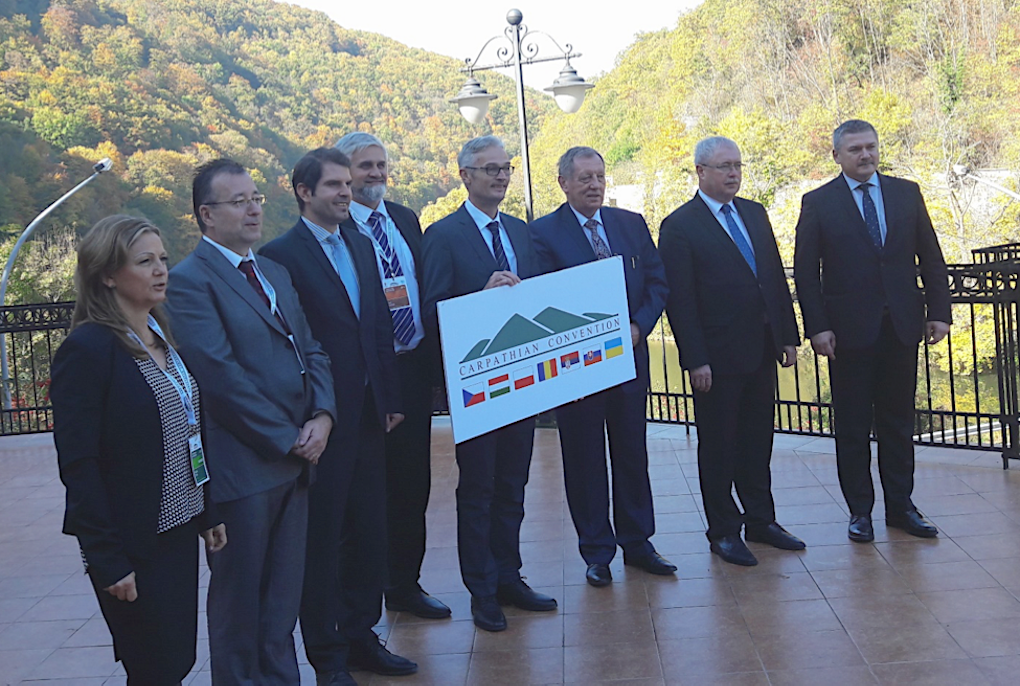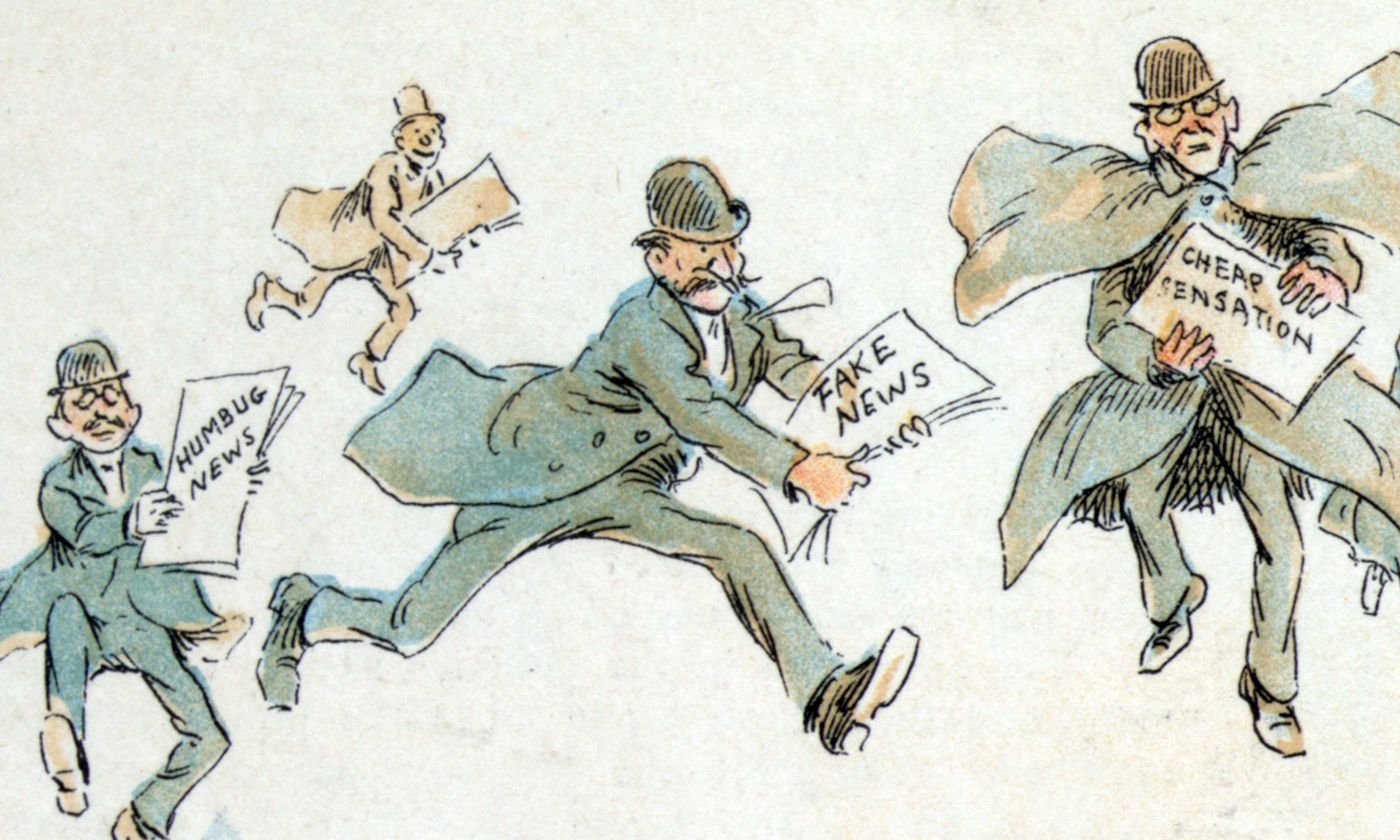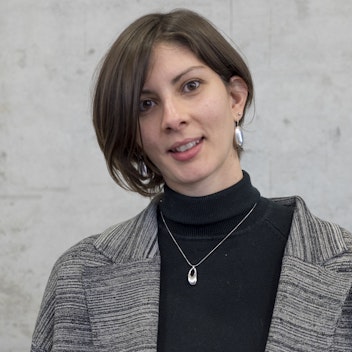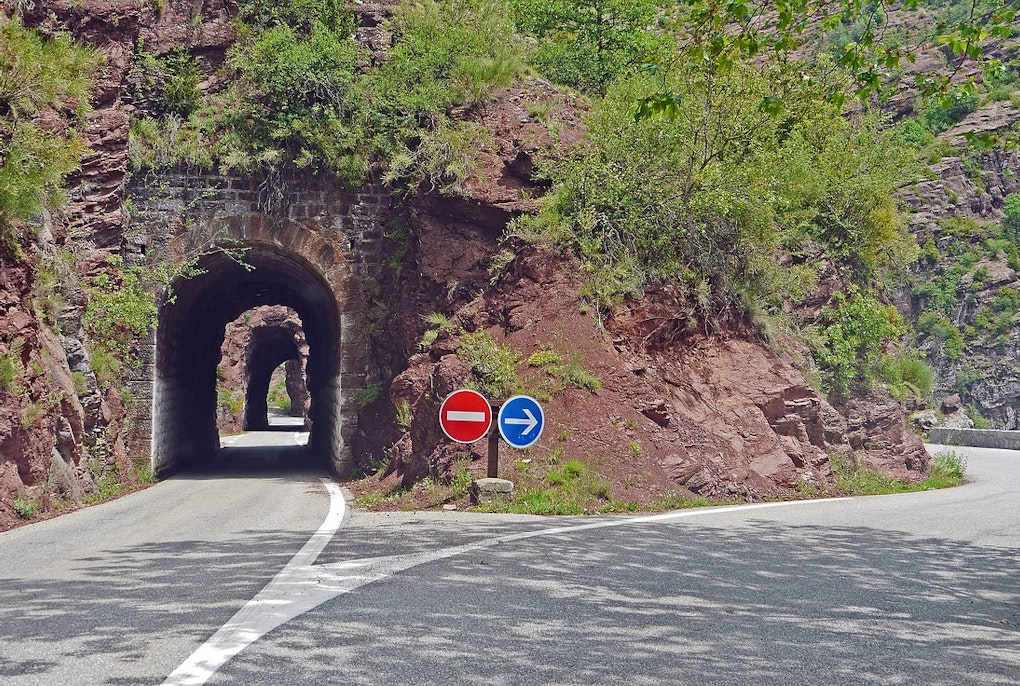
Eurac Research contributes to the sustainable development of the Carpathian Convention
 Christian Hoffmann
Christian Hoffmann
As it happens to various ambits concerning the public interest, also scientific work can be influenced and distorted by fake news. A prominent example are discussions about the legitimation of climate change. And also wildlife management, often dealing with human nature conflicts, has to face the challenges related to this kind of information.
Fake news are an imitation of news media content characterised by lacking of accuracy and credibility of information.
Individuals as well as media institutions can create and spread fake news. Since the various media channels (hardcover, printed, online or TV) are a primary tool to reach and inform the wide audience, it is fundamental to highlight and understand the potential risk that arises when their inherent power and trustworthiness are being abused.
Currently, in the digital era, where everything is at disposal for everybody, scientists are seen, in many cases, as being distant from the real needs of the society. Internet provides a tool for everybody to access information on everything. In this world of general knowledge, fake news may spread fast and science becomes powerless in counteracting them, even if it works in a neutral frame to avoid losing accountability in general terms.
Fake news create satisfaction in the ear of the listener.
In general people tend to look for that news that confirm their own current emotions and beliefs and miss to create their own opinion based on real facts and information. Fake news are used in this sense: they can help you in explaining complex facts in an easy way (even if false). And they canbe used as an advantage for the group you belong to and try to convince others. In this context, only few people are proactive, questioning news and trying to gain a personal insight of the topic.
The consequences for scientific work can be far-reaching.
Fast spreading fake news tend to manipulate scientific results and torn them out of the context. The boundary between reliable and manipulated data is therefore often blurred and difficult to distinguish. This can have a negative impact on the accountability of scientific data and may diminish its value. A second problem is that scientists often fail to reach the public in an acceptable way, especially when relying only on a kind of medium (i.e., only peer-reviewed articles in highly specialized journals) or using a distant style or, even worse, when not communicating it at all. The inevitable consequence is that lay people feel excluded, develop a negative view on science or loose the interest to follow an argument. These conditions lay the ground for fake news.
What can or must science do?
Science can never prevent every form of fake news because any argument can willingly be interpreted on different ways. Science must place particular emphasis on social aspects, especially in emotional debates like the return of the wolf. This means invest more time in the communication of scientific results to the public, not limiting it to technical journals and conferences. Lay people have to be informed directly from researchers trained in communication techniques with reliable information and not by censored data on the media. The less information an individual possesses, the greater the change induced by new information. In a positive or negative way. Transparency and education of scientific work can therefore be a key to regain peoples trust and undermine the credibility of fake news.
Prime example: the big bad wolf
Being a species that stimulates an emotional response in humans, and being potentially a cause of conflicts with the human mountain economic activities, many people thought (and still think) that the coexistence between humans and wolves would be impossible. For this and other reasons, fake news about this animal, its biology, behavior and interaction with humans, have been created and spread, forcing scientists to spend much of their time (and financial resources) to reply with real facts to this news.
In Italy, the LIFE WolfAlps project (2013-2018), aiming at mitigating the natural return of this carnivore in the Alps, has spent more than 50 % of the project budget for the actions of communication and just 10 % for the actual monitoring of the animals.
In Spain, mass media gave a distorted picture of economic costs caused by wolf damages. Pubblished costs were torn out of the context and presented as if they were not economically viable. The way this news was reported directly influenced public perception, promoted a negative attitude towards the wolf and was a main driver for the failure of management actions.
In South Tyrol, news about exploding wolf’s population number due to an intentional “reintroduction” of wolves and explicit pictures of killed livestock, have been created in order to manipulate the public opinion and stigmatize the wolf as a dangerous beast. All these actions have the aim of pushing for an intervention that may foresee the legitimate killing of some individuals – seeing as the only possibility to cope with the wolf. Actually, real facts that scientists say and spread reveal that the number of individuals is low, that no wolf was reintroduced and that a part of the depredation events could not even be assigned to a wolf; but all this seem to be irrelevant for many people. Fake news has nourished their own already-built-in bad emotions.
Wildlife management, especially for large carnivores, has to concentrate more on the human dimension and be proactive in mass media channels.
Fake news allude to people’s emotions and fears and promote a certain attitude because of unexpressed interests that does not go along with scientific results. In addition, risk perception linked to the wolf as potential predator finds his roots in social and cultural factors. The influence provided by friends, family, work colleagues and respected public officials (including also media) is significant. When personal experience is missing, many persons tend to rely on the information flowing around them coming from people they care and trust – but again, who would not do that?
Author: Julia Stauder
Useful links
This content is licensed under a Creative Commons Attribution 4.0 International license.

 Christian Hoffmann
Christian Hoffmann
 Giulia Sommacal
Giulia Sommacal
 Greta Erschbamer
Greta Erschbamer